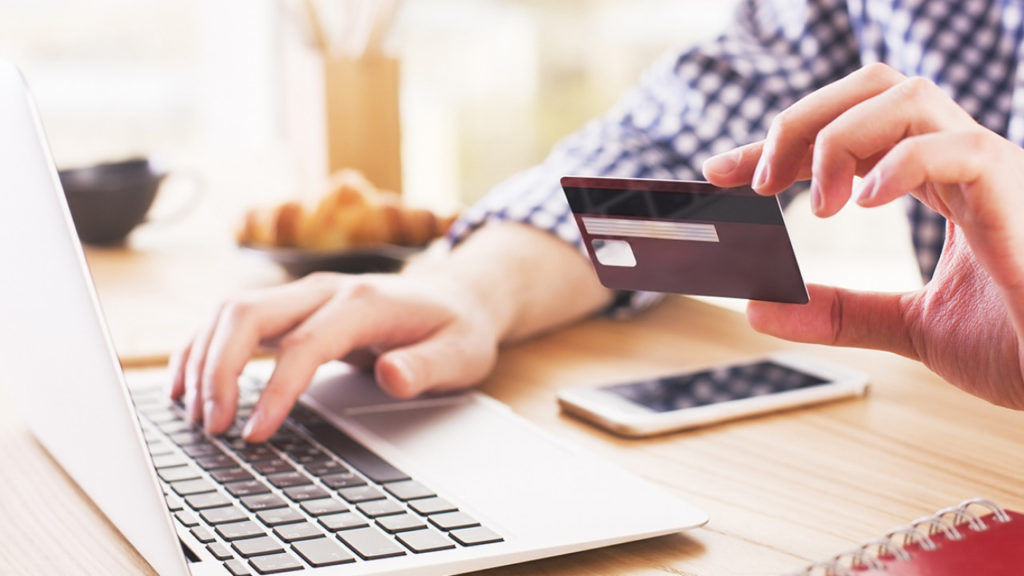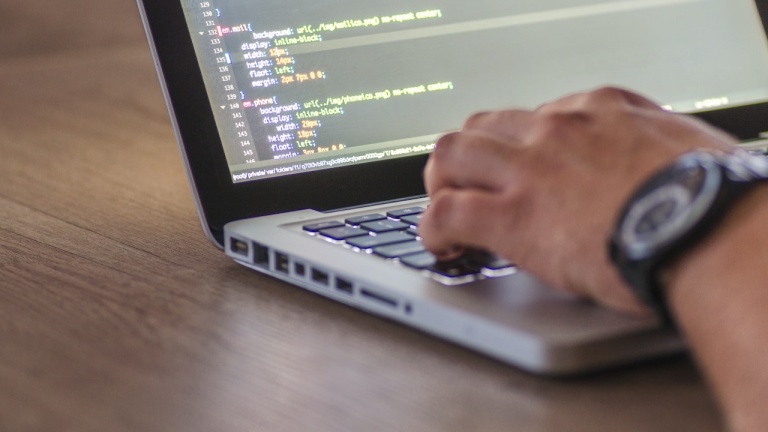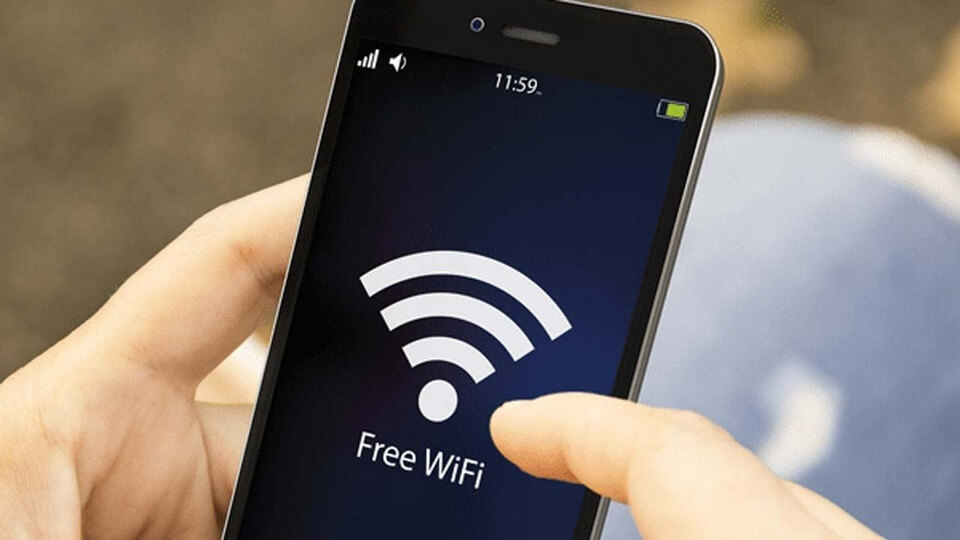Hello!
 Are public hotspots and Wi-Fi networks as potentially dangerous as people say they are? They certainly aren’t the safest way to get online, but they’re also not as bad as you might think. In fact, they’ve gotten better. However, using public Wi-Fi, especially for anything important, still isn’t something you should do without taking some precautions. Here are some tips for using public Wi-Fi with confidence.
Are public hotspots and Wi-Fi networks as potentially dangerous as people say they are? They certainly aren’t the safest way to get online, but they’re also not as bad as you might think. In fact, they’ve gotten better. However, using public Wi-Fi, especially for anything important, still isn’t something you should do without taking some precautions. Here are some tips for using public Wi-Fi with confidence.
1. Avoid Using Public Wi-Fi Whenever Possible
If possible, the best practice is to avoid using public Wi-Fi. This is understandably an unrealistic request for many people, but it’s worth keeping in mind. The thought can help you think twice before blindly logging in to a public hotspot.
Understand that public Wi-Fi isn’t always terrible and offers a service that many consider essential. The odds of something terrible happening from using public Wi-Fi aren’t high, but risks exist.
 One thing that helps is the fact that much of the internet has adopted HTTPS encryption and many browsers and apps will warn you if you’re about to enter an unsecured website. Data has also become harder to capture and decrypt.
One thing that helps is the fact that much of the internet has adopted HTTPS encryption and many browsers and apps will warn you if you’re about to enter an unsecured website. Data has also become harder to capture and decrypt.
So, public Wi-Fi isn’t as dangerous as it used to be. Dangers still exist and it’s best to practice common sense safety measures to mitigate the risks that remain, which are still substantial.
2. Confirm You’re Using the Right Network
It doesn’t take much to set up a malicious public network that mimics a legitimate one. Sometimes, you can look for the Wi-Fi connection and see different SSIDs that both have strong signals. You can’t trust every open network you see when you’re looking for a connection.
If you’re at a location that offers free Wi-Fi, such as the library or large fast-food chain, just ask which network is the correct one. If you find several open Wi-Fi connections, verify which one is the right one to log into.
 Not all open Wi-Fi connections are good. You may even come across situations where the connections have SSIDs that look official or like they belong to some entity you’re more familiar with. Always verify, when possible. If you can use a hotspot provided by your mobile provider, then choose that one instead.
Not all open Wi-Fi connections are good. You may even come across situations where the connections have SSIDs that look official or like they belong to some entity you’re more familiar with. Always verify, when possible. If you can use a hotspot provided by your mobile provider, then choose that one instead.
3. Don’t Spend Too Much Time on the Connection
Unless you absolutely trust the connection and don’t have any qualms about using it, spend as little time as possible on it. The less time you’re on a public connection, the less time any bad actors might have to steal information through man-in-the-middle attacks. When you’re done with the connection, make sure you log out of anything you logged into before terminating the connection.
4. Don’t Send or Receive any Sensitive Information
 If possible, don’t send any sensitive information over a public Wi-Fi connection. Unless it’s an emergency, you should avoid typing in credentials, accessing bank accounts, or doing anything that requires you to transmit your sensitive information over a public network. If you absolutely must do these things, try to limit how much you do.
If possible, don’t send any sensitive information over a public Wi-Fi connection. Unless it’s an emergency, you should avoid typing in credentials, accessing bank accounts, or doing anything that requires you to transmit your sensitive information over a public network. If you absolutely must do these things, try to limit how much you do.
5. Update Your Hardware and Software
If you don’t update your hardware and software, these things can fall prey to old vulnerabilities and exploits affecting your smartphone, tablet, or other internet-connected devices. Many firmware and software updates exist specifically to patch vulnerabilities and add layers of security to your devices.
Some exploits that specifically target people using unsecured internet connections can still affect you if you don’t run those security updates. Updating is a best practice in all situations, not just for using public Wi-Fi hotspots.
6. Use Your Built-in Security Options
 Take advantage of the security options built into your devices. Smartphones have a plethora of options that can help prevent malicious code from entering your device. Your laptop also has a lot of options as well.
Take advantage of the security options built into your devices. Smartphones have a plethora of options that can help prevent malicious code from entering your device. Your laptop also has a lot of options as well.
Turn on antivirus protection and your firewall. Do not allow your devices to automatically connect to any open connection. Turn off other types of connections if you don’t need them or aren’t using them, such as Bluetooth.
If there’s a security option available on your device, turn it on before connecting to the Wi-Fi hotspot. In this way, your device can do some of the work required to mitigate risks so that you can use the connection with a modicum of confidence.
7. Always Use a VPN
 If you’re going to spend any serious time on a public connection, then do yourself a favor and invest in a VPN. If you do nothing else, having a VPN will offer you the most protection when using public Wi-Fi. The VPN will encrypt your data and anonymize your usage. A secure VPN solution offers safety under these and any other circumstances.
If you’re going to spend any serious time on a public connection, then do yourself a favor and invest in a VPN. If you do nothing else, having a VPN will offer you the most protection when using public Wi-Fi. The VPN will encrypt your data and anonymize your usage. A secure VPN solution offers safety under these and any other circumstances.
Even with a VPN, show care when using public hotspots. The VPN will give you the most protection outside of not using a hotspot at all, but your behaviors online can still bring you trouble, even with a VPN. This is why it’s imperative to practice these safety measures, no matter what.
Thank you!
Join us on social networks!
See you!






